“What is the best exercise for abs?” Personal trainers get asked this question almost every day as spring and summer roll around.
Here’s the short answer: There is no single best exercise, but we’ll give you three things you can do to lose body fat all over, improve core strength, and increase muscle definition.
1. Eat Right
Everyone has abdominal muscles. They just aren’t visible on a lot of people. Those who have visible abs generally have lower levels of body fat … and the right genetics don’t hurt, either.
If you’ve heard the saying “abs are made in the kitchen,” I’m here to tell you that’s true. We cannot out-train what we eat. For abs to be visible, you’ll have to eat food that will support your training but not higher levels of body fat. A nutrition coach can help you figure out the best plan to bring out that six pack if that’s your ultimate goal. Make no mistake, though: there are absolutely trade-offs you need to know about when it comes to achieving that so called “six pack”, including:
- time in the gym and kitchen;
- sacrificing social life and social eating/drinking;
- alcohol, desserts, etc.;
- other hobbies and interests; and
- potentially creating an unhealthy obsession with body image
We recommend reaching out to Head Coach Caitlin to discuss the real trade-offs (aka costs) of achieving a “six-pack look” and decide for yourself if that’s the right goal for you for a temporary amount of time. While it’s easy to think people achieve and maintain that “six-pack look” year round, it requires a LOT of time, physical/mental energy and sacrifices to make it happen – never mind maintaining it for longer periods of time.
2. Do Full-Body Movements With Free Weights
Some styles of training help you develop a strong core as an “added benefit.” Others don’t.
For example, when using machines for biceps curls, leg extensions or other movements, the working muscles are isolated and you don’t need to use your core much in most cases. Full-body or “compound” movements with free weights force your core to work as you move a host of joints to stabilize the loads. This work is great for building core strength.
Think about it: pressing a set of dumbbells overhead while standing requires you to engage your abs and erectors to hold your spine rigid while your arms work. In a back squat, those muscles work hard to support the bar as your hips, knees and ankles move.
Compound movements often don’t seem like “core training,” but I promise you they are.
3. Do Specific Core Exercises
Most people think of crunches when they think about training the core, but I’ll give you a non-exhaustive list of great movements that work all parts of the core. Here we go:
•Planks (all variations, including side planks)
•Bicycle crunches
•Bird dogs
•Glute bridges
•Leg raises
•Ab roll-outs
•AbMat sit-ups
•GHD sit-ups
•Crawling
•Side bends
•Lift and Chops
•Twists
•Get Ups
•V-ups
•Flutter kicks / “the 100”
All these movements will help you create strong muscles in your core—you’ll definitely feel the burn if you do them.
So which exercises should you do? A coach can tell you exactly which ones are best based on your goals, but if you aren’t working with a coach, select a movement for the back of the body (like glute bridges), one for each side of the body (like side planks) and one for the front (like bicycle crunches).
Be careful not to overdo it! Here’s a very general starting point: Do 1-3 sets of 8-12 reps of each exercise 2 or 3 times a week, leaving a rest day between sessions. Balance that will regular full-body weight training and regular conditioning workouts with appropriate intensity. Then refuel with whole foods that are low in sugar and fat.
Remember: No one thing will give you great abs.
But a Superpower Coach can help you define your abs with a strategy that involves healthy habits (like getting enough sleep, lowering your stress levels, etc.) nutrition and movement together.
To talk to Head Coach Caitlin about your body composition goals, click here to schedule a No Sweat Intro and receive a copy of her favorite guide to the tradeoffs of getting lean.
